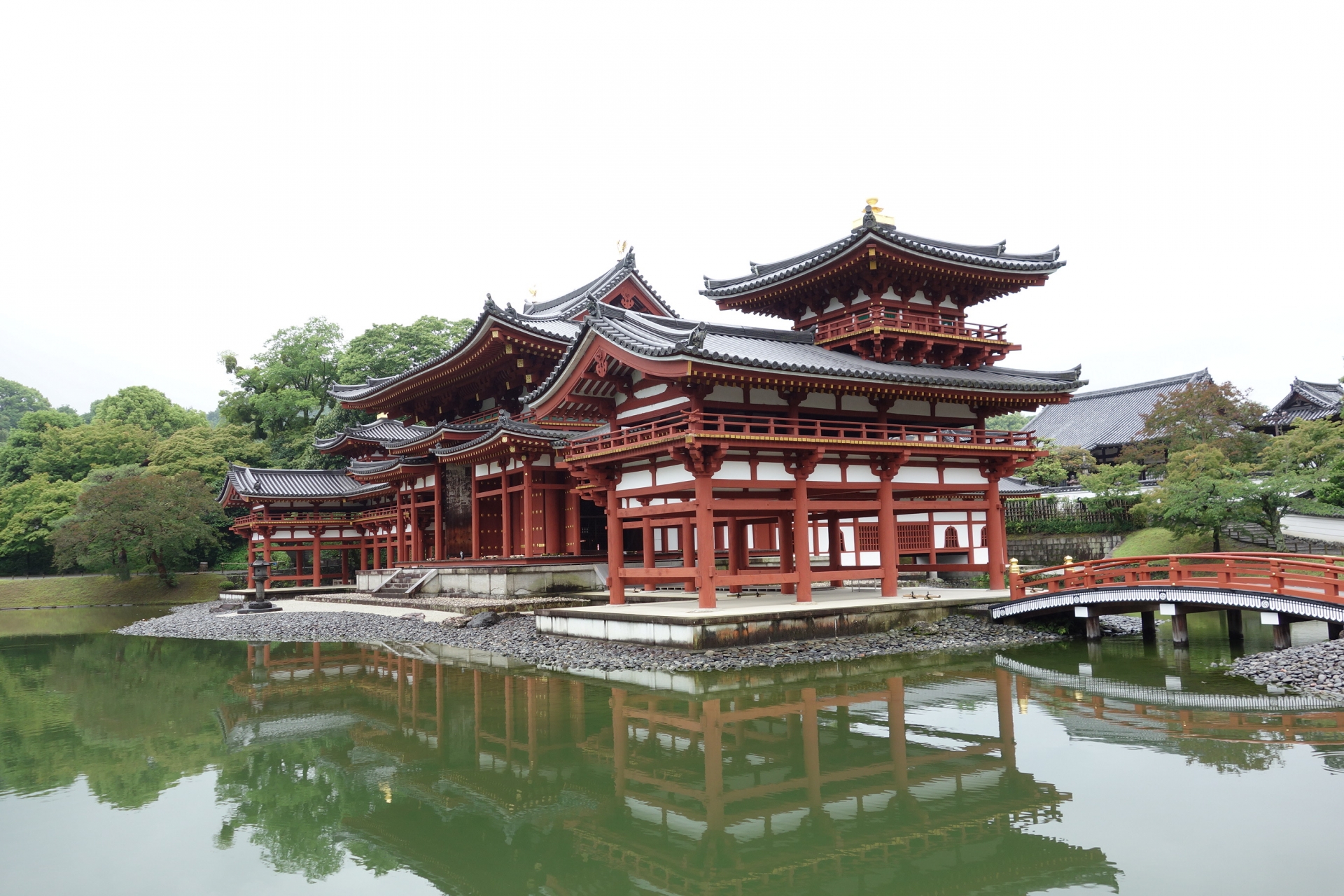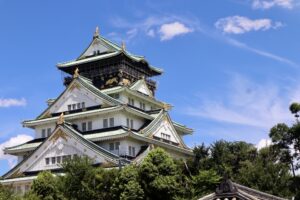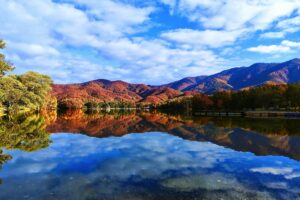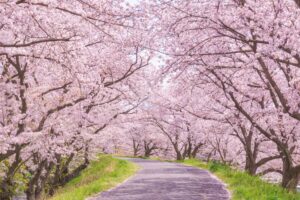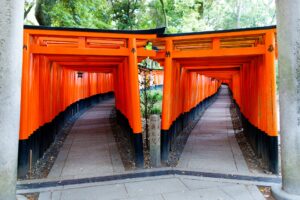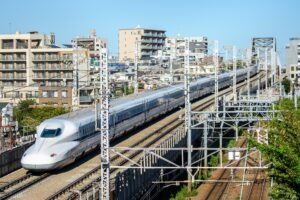Byodo-in Temple, located in the scenic city of Uji, Kyoto, is a gem of Japan’s cultural and spiritual heritage. This temple is renowned for its iconic Phoenix Hall, a masterpiece of Heian Period architecture that appears on the Japanese 10-yen coin. Recognized as a UNESCO World Heritage Site, Byodo-in Temple embodies the essence of Japanese history, architecture, and Buddhist art. Surrounded by a serene pond and seasonal flora, it offers a tranquil escape for cultural enthusiasts, history buffs, and spiritual seekers alike.
The History and Significance of Byodo-in Temple
Founding and Historical Timeline
Byodo-in Temple dates back to 1052, originally built as a villa for the influential Fujiwara no Yorimichi before being converted into a temple. Its creation marked the peak of Buddhist Pure Land beliefs during the Heian Period. The Phoenix Hall, completed in 1053, symbolizes the Western Paradise of Amida Buddha, reflecting the aspiration for enlightenment and peace.
Importance in Japanese Buddhist Culture
This temple is a prime example of the fusion of art, religion, and architecture in Japanese history. It houses numerous national treasures, including the central Amida Buddha statue, which is a sublime representation of Pure Land Buddhist ideals. As a sacred site, it continues to inspire both worshippers and visitors from around the world.
The Role of Byodo-in in Japanese Architecture
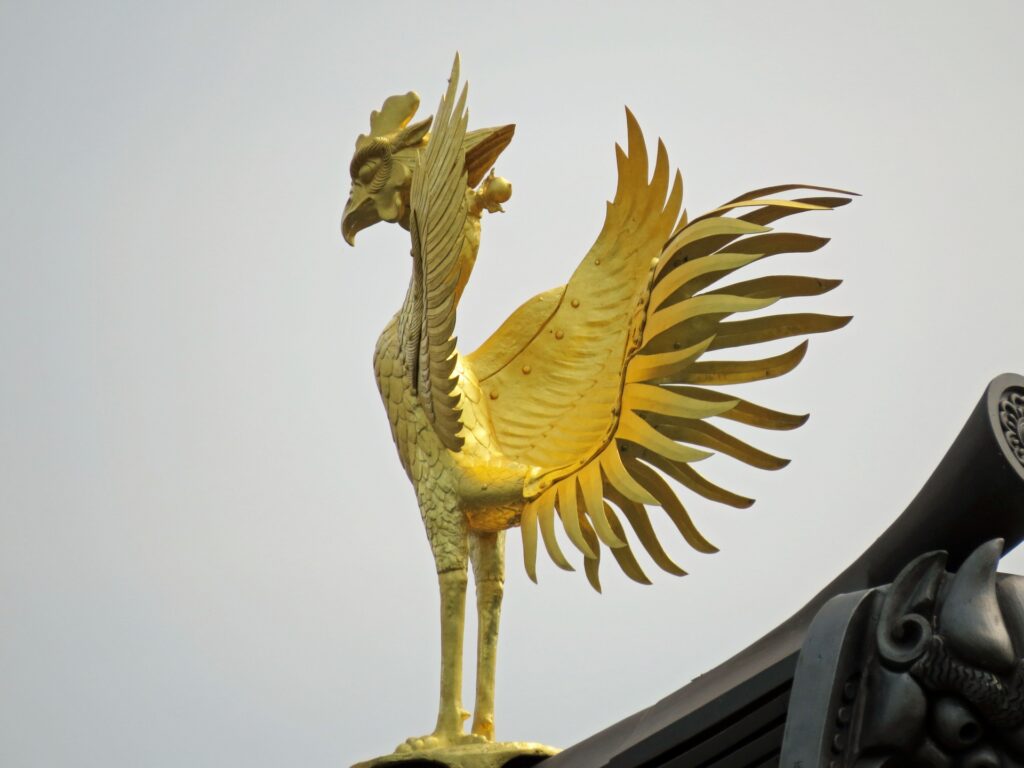
The Phoenix Hall and Its Symbolism
The Phoenix Hall (Hōō-dō) is an architectural marvel. Its design reflects a phoenix spreading its wings, symbolizing rebirth and immortality. The hall is flanked by bronze phoenix statues on its roof, adding to its mythical allure. The symmetrical design and its reflection in the pond create a stunning visual representation of harmony and balance.
Features of Heian Period Architecture
The temple is a quintessential example of Heian Period architecture, blending elegance and functionality. Its wooden framework, intricate carvings, and harmonious integration with nature highlight the craftsmanship of the era. Byodo-in’s architectural style influenced many subsequent temple designs in Japan.
Visiting Byodo-in Temple
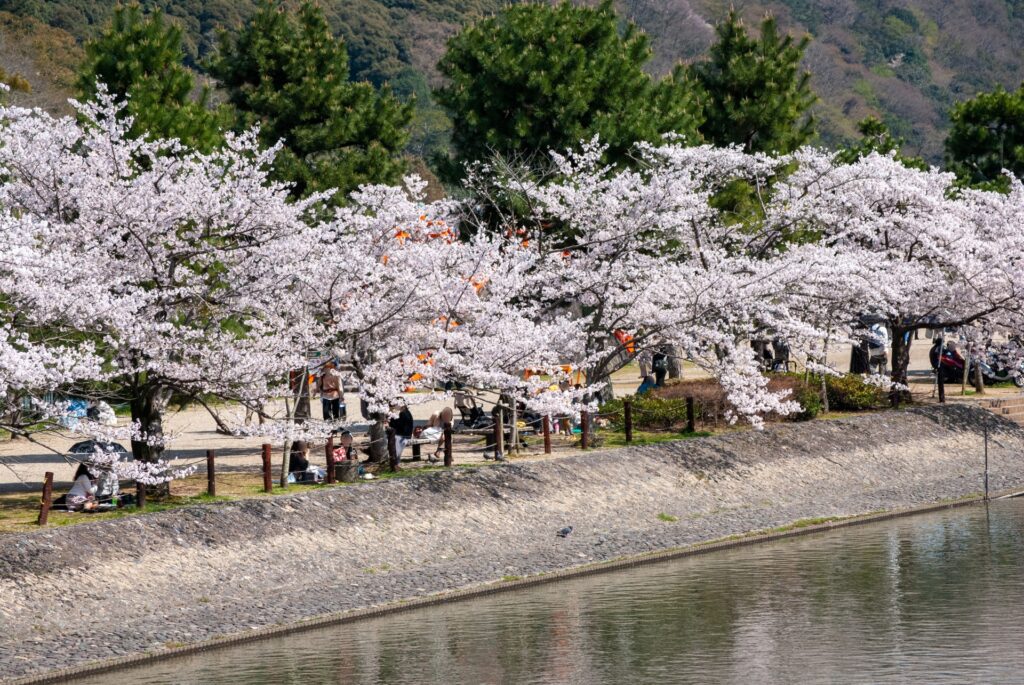
Best Times to Visit
Byodo-in Temple is a year-round destination, but its beauty is accentuated during spring’s cherry blossoms and autumn’s vibrant foliage. Morning visits are recommended for serene exploration and optimal lighting for photography.
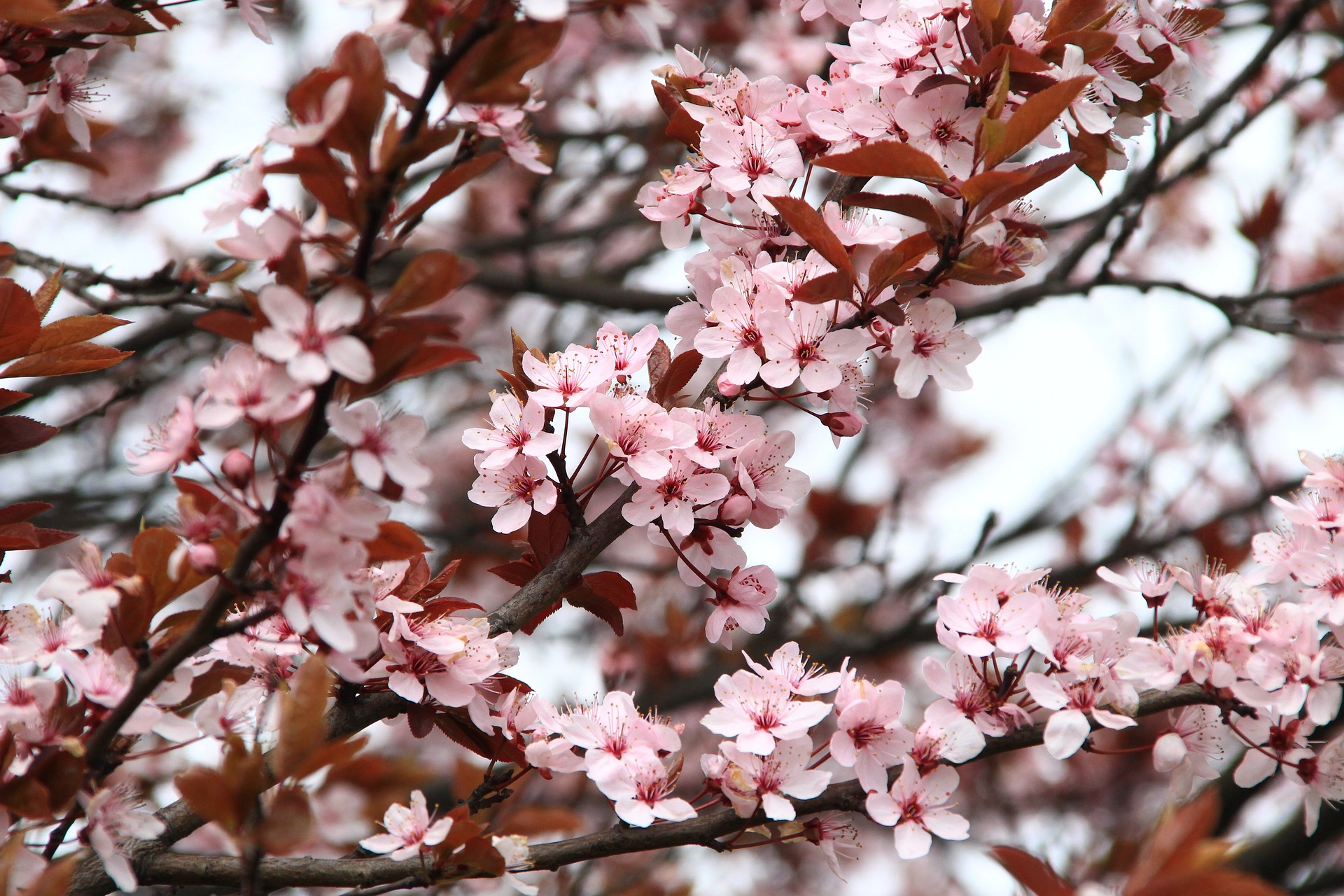
Entry Fees, Opening Hours, and Access Routes
The temple is open daily with a modest entry fee. It is conveniently located near Uji Station, making it easily accessible via Kyoto’s public transportation. Detailed schedules and fees are available on the temple’s official website.
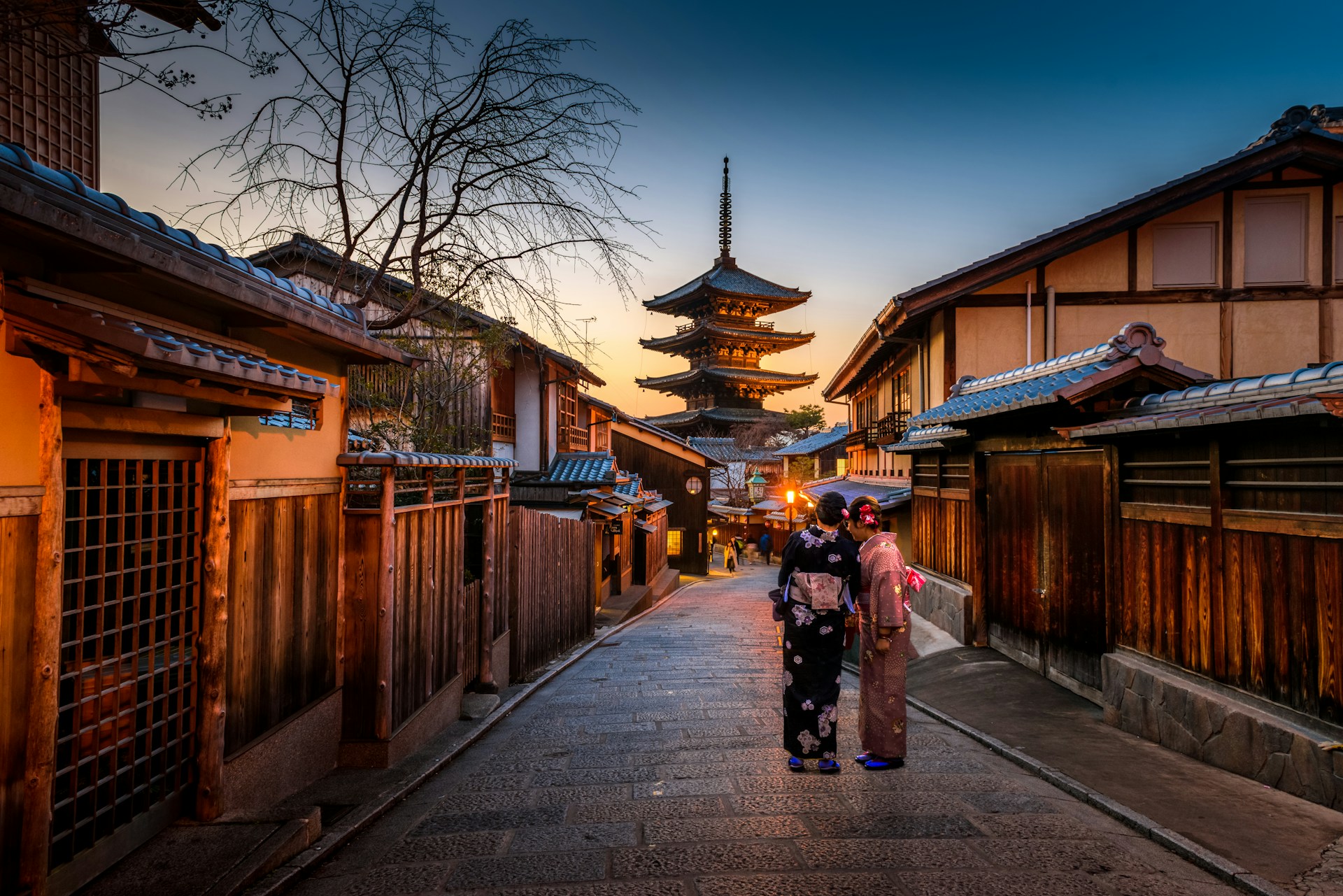
Photography and Scenic Highlights
Best Spots for Photography
The pond’s edge offers iconic views of the Phoenix Hall and its reflection. Seasonal flora like cherry blossoms and maple trees frame the temple beautifully, providing endless opportunities for stunning shots.
Seasonal Beauty
Spring and autumn are particularly enchanting, with vibrant cherry blossoms and fiery maple leaves. Early mornings and late afternoons provide the best light for capturing the temple’s ethereal charm.
Exploring Uji: Beyond Byodo-in Temple
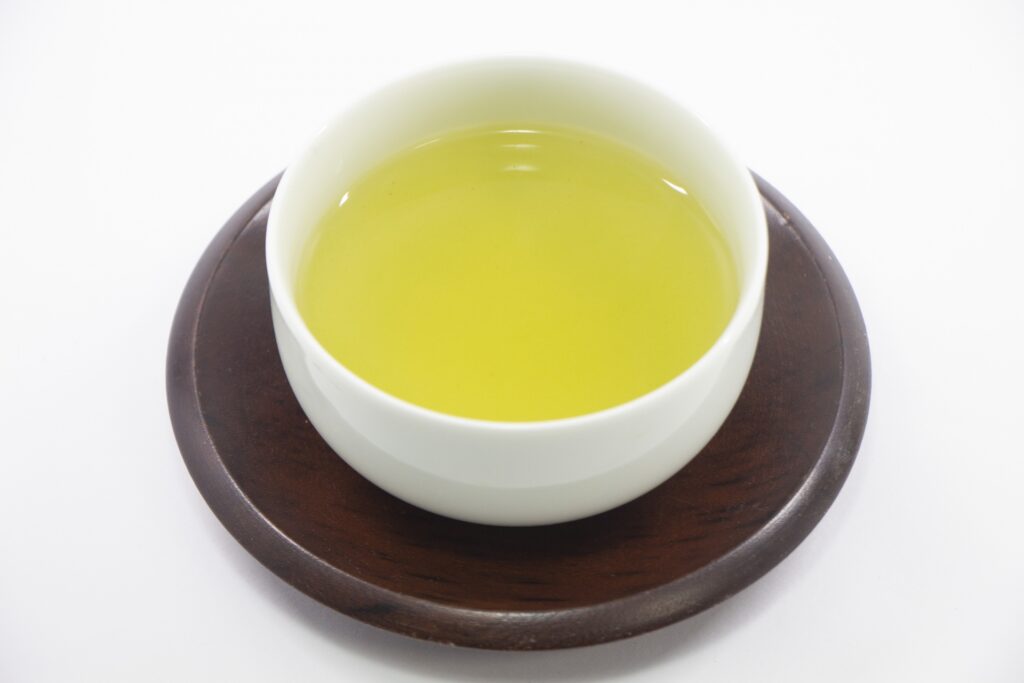
Uji’s Tea Culture
Uji is synonymous with high-quality matcha tea, and its tea culture is intricately tied to Byodo-in Temple. Visitors can enjoy tea ceremonies, visit tea houses, and learn about the area’s centuries-old tea cultivation heritage.
Other Attractions in Uji
Beyond the temple, Uji offers a host of attractions, including the Ujigami Shrine, another UNESCO World Heritage Site, and the scenic Uji River, perfect for leisurely walks or boat rides.
Practical Tips for Your Visit
Guided Tours and Audio Guides
To fully appreciate the history and artistry of Byodo-in, consider using a guided tour or audio guide. These enhance the experience with in-depth stories and context.
Accessibility Information
The temple is accessible to most visitors, with paved paths and ramps available. It’s advisable to check the official website for detailed accessibility options.
Tips for a Serene Experience
Maintain a respectful demeanor while visiting. Early visits or weekdays are ideal for avoiding crowds and enjoying a peaceful atmosphere.
Conclusion
Byodo-in Temple is more than just a historical site; it is a testament to Japan’s rich cultural and spiritual heritage. Whether you’re an architecture enthusiast, a history buff, or simply seeking tranquility, this UNESCO World Heritage Site offers a profound experience that lingers in memory. Plan your visit to explore its timeless beauty and the charm of Uji.

